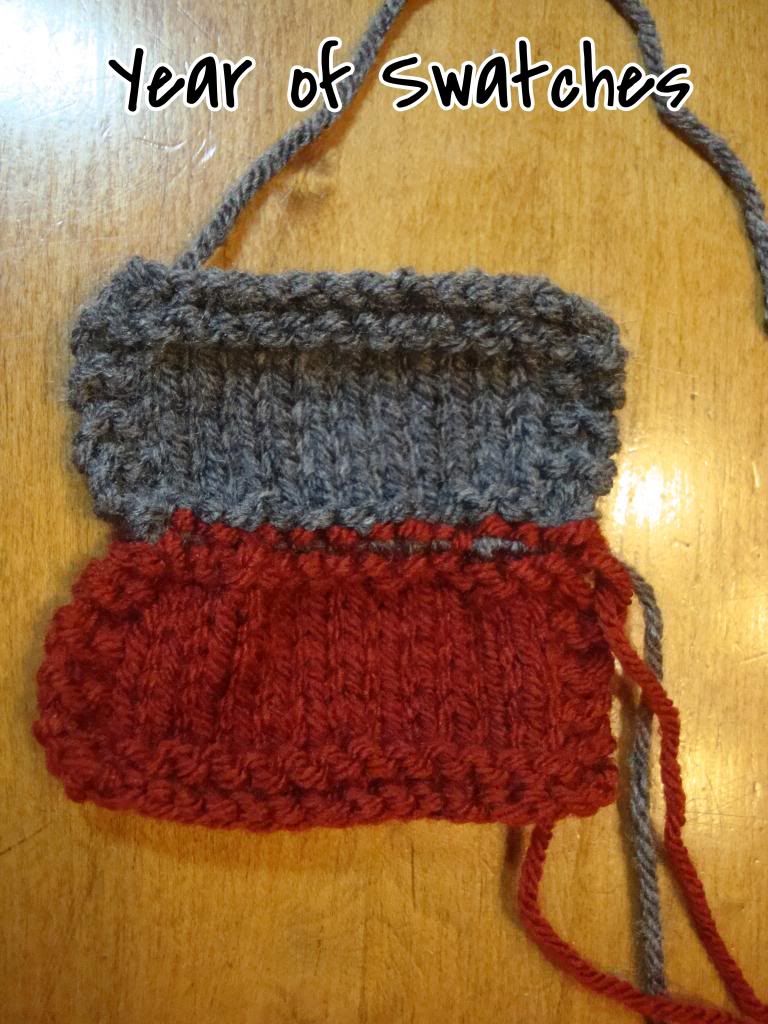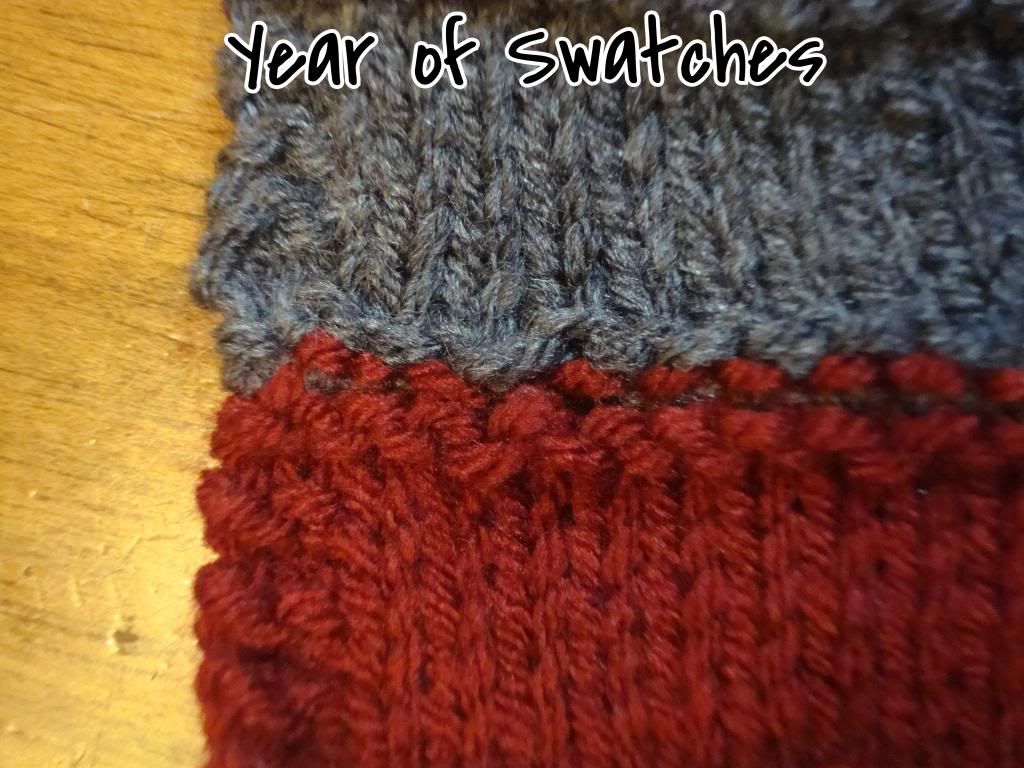Today we are going to talk about blocking your scarf. The particular method we'll be using today is called wet-blocking. Blocking is essential when it comes to knitting, because it takes your knitting from just "being done" to looking complete. Always wonder how those patterns on Ravelry look so amazing? It's all to do with blocking (
TOOLS:
-Lots of Quilting pins (I used about 120 for mine)
-A clean sink and cool fresh water
-A couple of clean, dry bath towels
-A place to pin where your knitting can be left undisturbed for up to 24 hours (more on this below)
-Optional: A helper- if you have (and can trust) one with the work. I've taught my husband how to pin, so I usually enlist his help on some of my larger projects.
GIVE IT A SOAK
After you've sewn in all your yarn ends, fill a clean sink or tub with some cool fresh water. Temperature is important! Especially if you are working with wool. If your water is too warm or hot, you can end up felting your work- and that would be horrible after all that hard work! Two things cause felting: warm water and agitation. And in its wet state, yarn is incredibly delicate.
Set your scarf in to soak. Do not agitate or wring your scarf (again, delicate). Let your scarf soak for about 30 minutes so you can be sure that the yarn is fully saturated. You can gently move your scarf a bit to make sure that there aren't any air pockets.
PRESS IT OUT
After the 30 minutes is up, drain the water and gently press the scarf against the side of your sink/tub to remove the excess water. Lay your bath towel(s) flat and place the scarf on top of it (my scarf was so long that I needed two towels slightly overlapping). Go ahead and stretch out your scarf as you would like it to look like when finished.
Roll up in the towel with the scarf inside.
Now you can get a little rough (still no wringing though)... using your body weight press on the towel to remove the rest of the water (I do this by walking up and down on the towel). The towel along with the pressure will wick the water out of your scarf. When you unroll your scarf, if it is still excessively wet, you can repeat the process with another dry towel.
Now that your scarf is more or less dry (it will feel damp to the touch), you can start pinning it out. You'll need a surface to pin your work on in a place that won't be disturbed for at least 24 hours. A foam mat, a spare mattress, and even a carpeted floor work just fine. I usually pin my knitting right onto the carpet in my closet or spare room where I can shut the door and let the piece dry in peace (haha).
This is the time to stretch and form your knitting to look exactly like you want it. Smooth any wrinkles and make the knitting taut, then pin it in place. I like to start in the middle and work my way to each end setting the pins about an inch or so apart. You can get pretty aggressive with your stretching at this point. This process will really make your stitch definition pop! And don't worry if you find yourself needing to re-pin sections as you go.
Make sure your edges are as straight as possible and that you get that lace to wave at the ends.
Once you are pleased with the pinning, allow your piece to air dry until it is completely dry. Dry time will vary depending on how wet your piece was when you started pinning.
I will post a final round of pictures as well as a short survey about the scarf either later today or tomorrow. Here's a head's up on the survey... I'd like you to let me know what your four favorite fragments are. The top four will end up being swatches for this year.
Well, I hope you had fun with this- I certainly did! I am so honored that you chose to knit-a-long with me and I hope you enjoy your Fragments Scarf!
Happy Knitting!
PS- Kitties are cute, but they aren't very good at pinning!
















